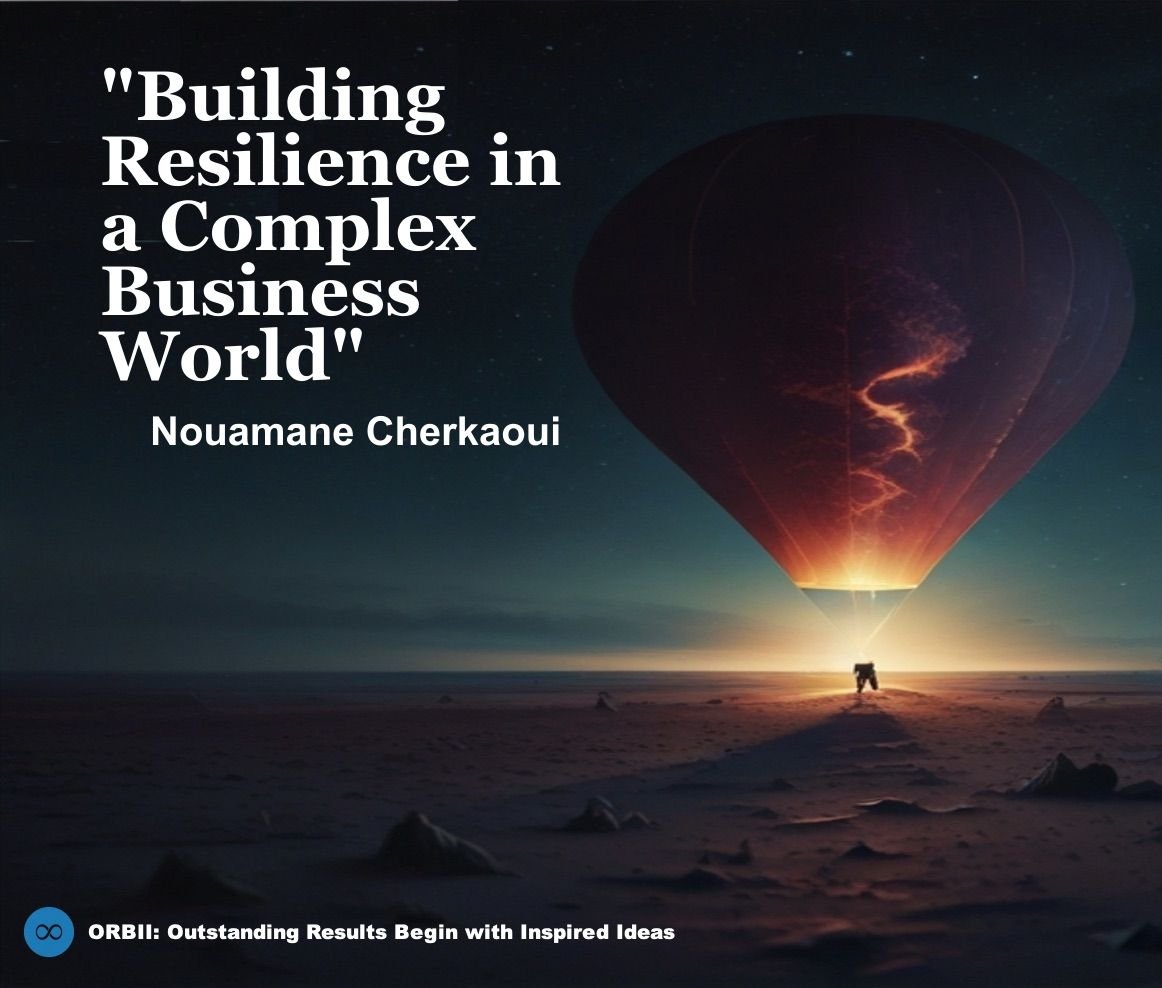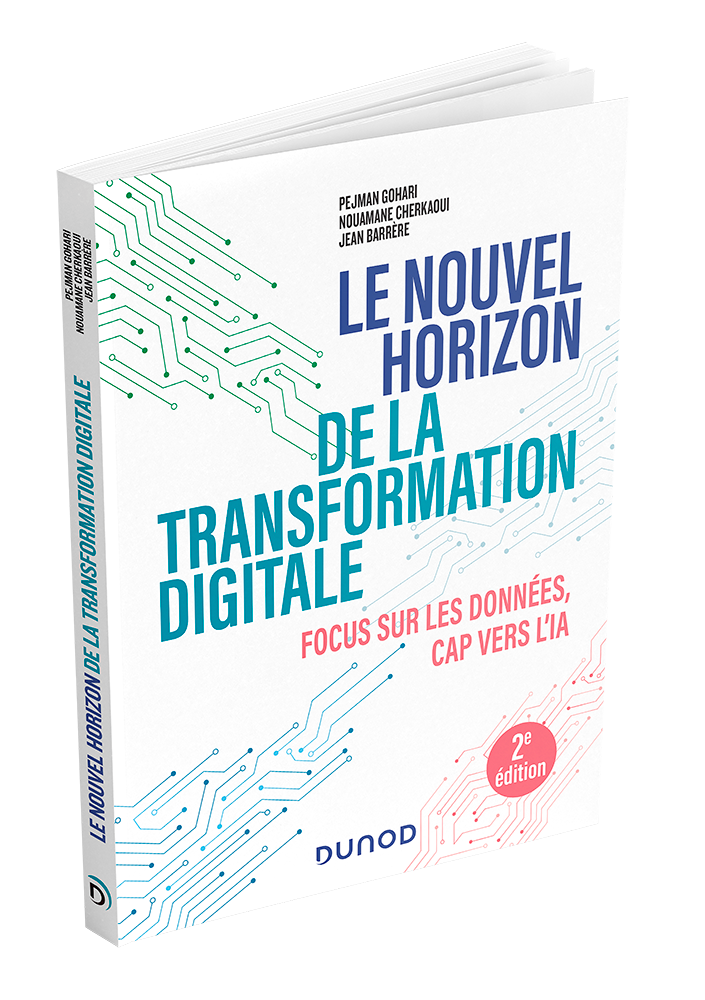Building Resilience in a Complex Business World
The business world of the last 10 years has gone from evolution to revolution with a profound metamorphosis which demonstrates for some that our world has become even more VUCA than ever. Indeed, in this VUCA world, projects, priorities, strategies, markets, environments change quickly, and it is necessary, even vital, to be able to adapt quickly.
In the fast-evolving global environment, organizations face challenges unlike any before, requiring fresh, innovative leadership and decision-making strategies. The “VUCA” framework—representing Volatility, Uncertainty, Complexity, and Ambiguity, has become an essential tool for understanding and navigating this challenging landscape. Initially introduced by the U.S. Army War College to explain the post-Cold War era, the VUCA model has since been widely adopted by business leaders and thinkers to address the diverse challenges of today’s world.
Understanding VUCA
- Volatility refers to the nature and speed of change in the project environment. Projects operate in dynamic settings where factors such as market conditions, technologies, regulations, and stakeholder expectations can change rapidly. Project managers need to be prepared to adapt and respond quickly to these changes to ensure project success.
- Uncertainty denotes the lack of predictability and the existence of imperfect or incomplete information. Project managers often face uncertainty regarding resource availability, budget constraints, technological advancements, and market dynamics. They must make decisions based on the best available information, conduct risk assessments, and implement strategies to mitigate uncertainty and manage risks effectively.
- Complexity refers to the intricacy and interconnectedness of project elements. Projects involve numerous variables, stakeholders, dependencies, and processes that contribute to their complexity. Project managers need to understand the interdependencies, manage relationships, and apply appropriate project management methodologies and tools to address complexity effectively.
- Ambiguity refers to the absence of clarity or multiple interpretations of situations. Project managers often encounter ambiguous requirements, scope changes, conflicting stakeholder expectations, or shifting project objectives. They must strive to clarify ambiguities, establish clear project goals, communicate effectively, and ensure alignment among stakeholders to minimize misunderstandings and confusion.
4 Key Strategies to Face VUCA Situations in Companies
-
Speed of decision-making: In a VUCA world, the speed of decision-making is crucial for companies for several reasons:
- Rapidly changing conditions: The environment in a VUCA world is characterized by rapid and unpredictable changes. Quick decision-making allows companies to adapt to these changes promptly, minimizing risks and capitalizing on new opportunities before they are overtaken by competitors.
- Competitive advantage: Companies that can make and implement decisions faster than their competitors often gain a significant competitive edge. Speedy decisions enable companies to innovate, adjust their strategies, and respond to customer needs more effectively, differentiating them in the market.
- Opportunity seizing: Opportunities can be fleeting and may require swift action. Companies that act quickly can exploit emerging trends, new markets, or innovations before competitors do, thus gaining first-mover advantages.
-
Real leadership of the executives: Executive leadership is vital for organizational resilience. In times of instability, it is executive leadership that provides the vision, direction, and strategic decision-making necessary to navigate challenges and disruptions. Strong leaders foster a resilient culture, ensure effective crisis management, and drive innovation, contributing to the company’s ability to adapt, recover, and thrive.
-
Strategic foresight: Develop strategic foresight capabilities to anticipate potential future scenarios. Actively scanning the environment for emerging trends and disruptions positions the organization for proactive responses rather than reactive adaptations. Preparing for potential disruptions strengthens resilience and ensures the organization can handle future challenges effectively.
-
Active ecosystem networks: Cultivating collaborative networks and partnerships both within and outside the organization is crucial in a VUCA world. Leveraging diverse perspectives and expertise enhances innovation and provides a deeper understanding of complex challenges. Ecosystem networks foster strategic alliances that can lead to new business opportunities, joint ventures, and shared investments, strengthening the organization's strategic position.
Building Resilience in a VUCA World
Building resilience in a VUCA world requires a comprehensive strategy encompassing strategic flexibility, cultural strength, effective risk management, investment in technology, and a commitment to employee well-being. By adopting these approaches, organizations can more effectively navigate the complexities and uncertainties of today’s business landscape.
Licence: The licence conditions for this article are not specified.



